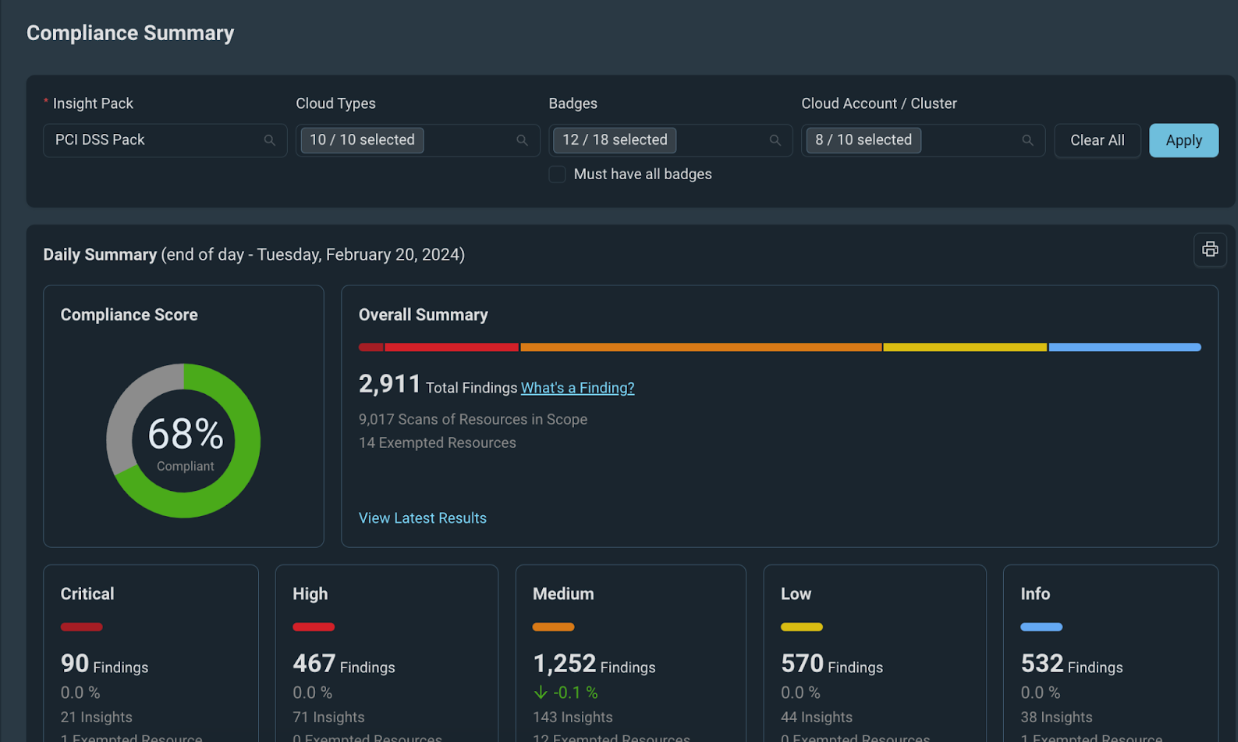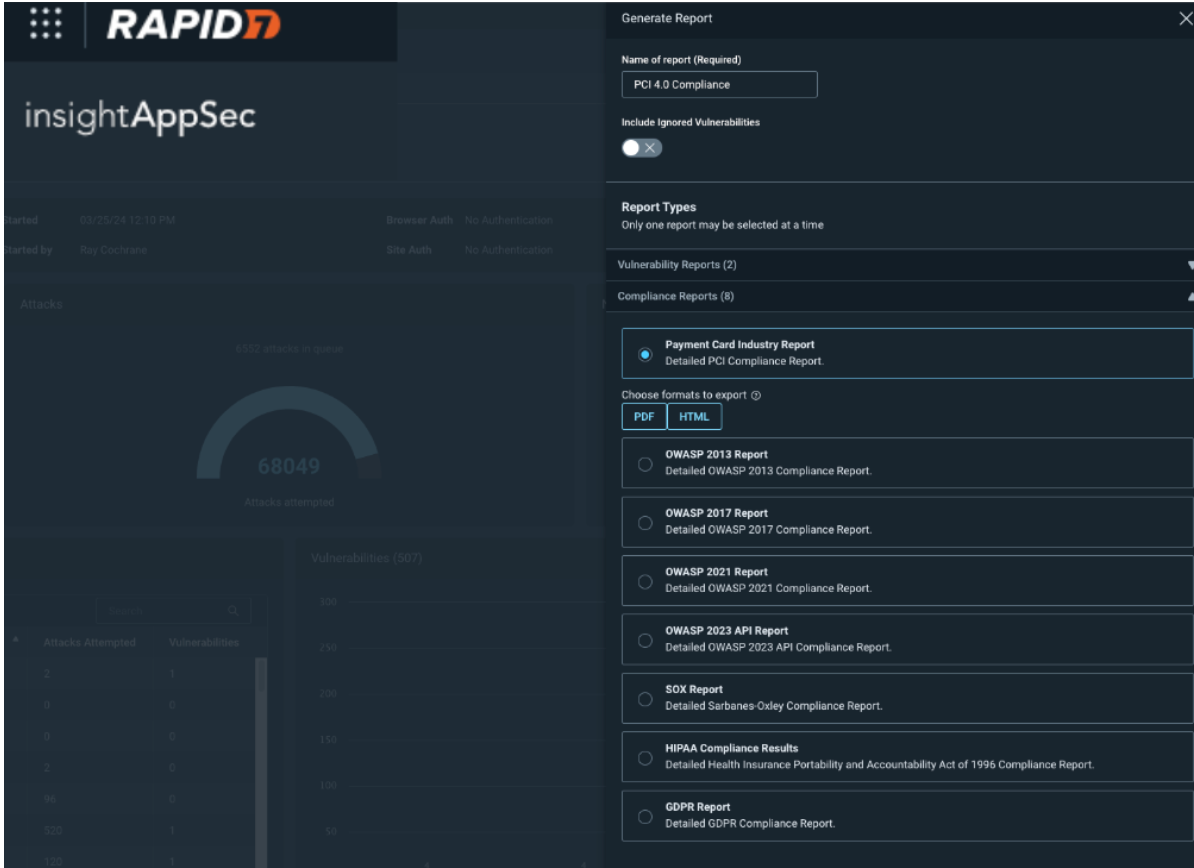Last updated at Fri, 21 Feb 2025 02:42:59 GMT
The PCI Security Standards Council (PCI SSC) is a global forum that connects stakeholders from the payments and payment processing industries to craft and facilitate adoption of data security standards and relevant resources that enable safe payments worldwide.
According to the PCI SSC website, “PCI Security Standards are developed specifically to protect payment account data throughout the payment lifecycle and to enable technology solutions that devalue this data and remove the incentive for criminals to steal it. They include standards for merchants, service providers, and financial institutions on security practices, technologies and processes, and standards for developers and vendors for creating secure payment products and solutions.”
Perhaps the most recognizable standard from PCI, their Data Security Standard (PCI DSS), is a global standard that provides a baseline of technical and operational requirements designed to protect account data. In March 2022, PCI SSC published version v4.0 of the standard, which replaces version v3.2.1. The updated version addresses emerging threats and technologies and enables innovative methods to combat new threats. This post will cover the changes to the standard that came with version 4.0 along with a high-level overview of how Rapid7 helps teams ensure their cloud-based applications can effectively implement and enforce compliance.
What’s New With Version 4.0, and Why Is It Important Now?
So, why are we talking about the new standard nearly two years after it was published? That’s because when the standard was published there was a two year transition period for organizations to adopt the new version and implement required changes that came with v4.0. During this transition period, organizations were given the option to assess against either PCI DSS v4.0 or PCI DSS v3.2.1.
For those that haven’t yet made the jump, the time is now This is because the transition period concluded on March 31, 2024, at which time version 3.2.1 was retired and organizations seeking PCI DSS certification will need to adhere to the new requirements and best practices. Important to note, there are some requirements that have been “future-dated.” For those requirements, organizations have been granted another full year, with those updates being required by March 31, 2025.
The changes were driven by direct feedback from organizations across the global payments industry. According to PCI, more than 200 organizations provided feedback to ensure the standard continues to meet the complex, ever-changing landscape of payment security.
Key changes for this version update include:
Flexibility in How Teams Achieve Compliance / Customized Approach
A primary goal for PCI DSS v4.0 was to provide greater flexibility for organizations in how they can achieve their security objectives. PCI DSS v4.0 introduces a new method – known as the Customized Approach – by which organizations can implement and validate PCI DSS controls Previously, organizations had the option of implementing Compensating controls, however these are only applicable when a situation arises whereby there is a constraint – such as legacy systems or processes – impacting the ability to meet a requirement.
PCI DSS v4.0 now provides organizations the means to choose to meet a requirement leveraging other means than the stated requirement. Requirement 12.3.2 and Appendices D and E outline the customized approach and how to apply it. To support customers, Rapid7’s new PCI DSS v4.0 compliance pack provides a greater number of insights than in previous iterations. This should lead to increased visibility and refinement in the process of choosing to mitigate and manage requirements.
A Targeted Approach to Risk Management
Alongside the customized approach concept, one of the most significant updates is the introduction of targeted risk analysis (TRA). TRAallows organizations to assess and respond to risks in the context of an organization's specific operational environment. The PCI council has published guidance “PCI DSS v4 x: Targeted Risk Analysis Guidance” that outlines the two types of TRAs that an entity can employ regarding frequency of performing a given control and the second addressing any PCI DSS requirement for when an entity utilizes a customized approach.
To assist in understanding and having a consolidated view of security risks in their cloud environments, Rapid7 customers can leverage InsightCloudSec Layered Context and the recently introduced Risk Score feature. This feature combines a variety of risk signals, assigning a higher risk score to resources that suffer from toxic combinations or multiple risk vectors.Risk score holistically analyzes the risks that compound and increase the likelihood or impact of compromise.
Enhanced Validation Methods & Procedures
PCI DSS v4.0 has provided improvements to the self-assessment (SAQ) document and to the Report on Compliance (RoC) template, increasing alignment between them and the information summarized in an Attestation of Compliance to support organizations in their efforts when self-attesting or working with assessors to increase transparency and granularity.
New Requirements
PCI DSS v4.0 has brought with it a range of new requirements to address emerging threats. With modernization of network security controls, explicit guidance on cardholder data protections, and process maturity, the standard focuses on establishing sustainable controls and governance. While there are quite a few updates - which you can find detailed here on the summary of changes - let’s highlight a few of particular importance:
- Multifactor authentication is now required for all access into the Cardholder Data Environment (CDE) - req. 8.5.1
- Encryption of sensitive authentication data (SAD) - req. 3.3.3
- New password requirements and updated specific password strength requirements: Passwords must now consist of 12 characters with special characters, uppercase and lowercase - reqs. 8.3.6 and 8.6.3
- Access roles and privileges are based on least privilege access (LPA), and system components operate using deny by default - req. 7.2.5
- Audit log reviews are performed using automated mechanisms - req. 10.4.1.1
These controls place role-based access control, configuration management, risk analysis and continuous monitoring as foundations, assisting organizations to mature and achieve their security objectives. Rapid7 can help with implementing and enforcing these new controls, with a host of solutions that offer PCI-related support – all of which have been updated to align with these new requirements.
How Rapid7 Supports Customers to Attain PCI DSS v4.0 Compliance
InsightCloudSec allows security teams to establish, continuously measure, and illustrate compliance against organizational policies. This is accomplished via compliance packs, which are sets of checks that can be used to continuously assess your entire cloud environment - whether single or multi-cloud. The platform comes out of the box with dozens of compliance packs, including a dedicated pack for the PCI DSS v4.0.

InsightCloudSec assesses your cloud environments in real-time for compliance with the requirements and best practices outlined by PCI It also enables teams to identify, assess, and act on noncompliant resources when misconfigurations are detected. If you so choose, you can make use of the platform’s native, no-code automation to remediate the issue the moment it's detected, whether that means alerting relevant resource owners, adjusting the configuration or permissions directly or even deleting the non-compliant resource altogether without any human intervention. Check out the demo to learn more about how InsightCloudSec helps continuously and automatically enforce cloud security standards.
InsightAppSec also enables measurement against PCI v4.0 requirements to help you obtain PCI compliance. It allows users to create a PCI v4.0 report to help prepare for an audit, assessment or a questionnaire around PCI compliance. The PCI report gives you the ability to uncover potential issues that will affect the outcome or any of these exercises. Crucially, the report allows you to take action and secure critical vulnerabilities on any assets that deal with payment card data. PCI compliance auditing comes out of the box and is simple to generate once you have completed a scan against which to run the report.

InsightAppSec achieves this coverage by cross referencing and then mapping our suite of 100+ attack modules against PCI requirements, identifying which attacks are relevant to particular requirements and then attempting to exploit your application with those attacks to obtain areas where your application may be vulnerable. Those vulnerabilities are then packaged up in the PCI 4.0 report where you can see vulnerabilities listed by PCI requirements This provides you with crucial insights into any vulnerabilities you may have as well as enabling management of those vulnerabilities in a simplistic format.
For InsightVM customers, an important change in the revision is the need to perform authenticated internal vulnerability scans for requirement 11.3.1.2. Previous versions of the standard allowed for internal scanning without the use of credentials, which is no longer sufficient. For more details see this blog post.
Rapid7 provides a wide array of solutions to assist you in your compliance and governance efforts. Contact a member of our team to learn more about any of these capabilities or sign up for a free trial.

